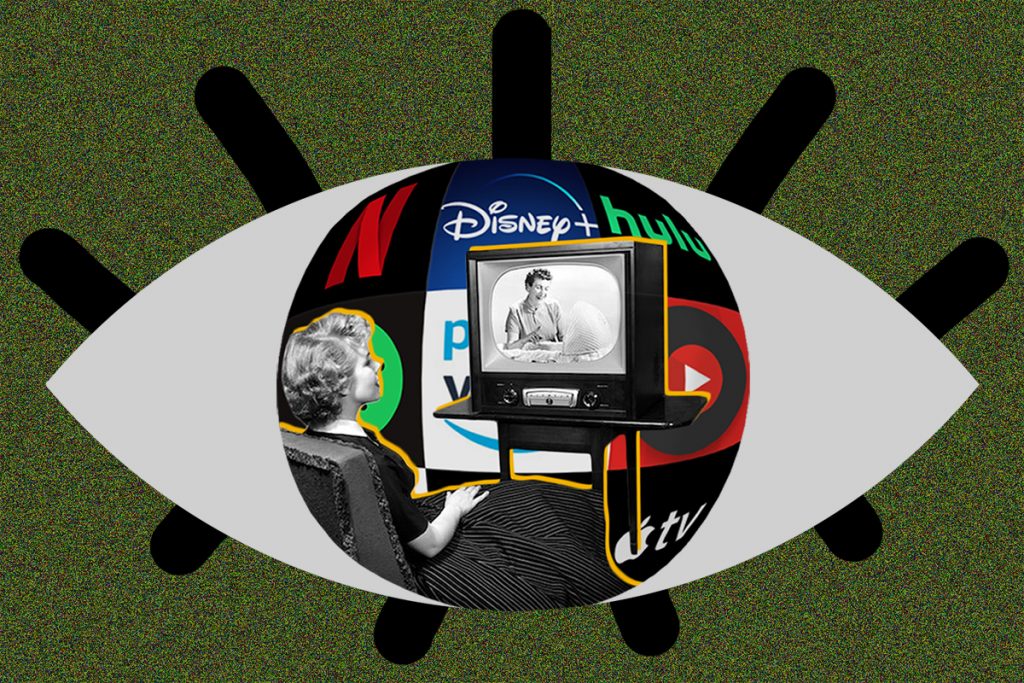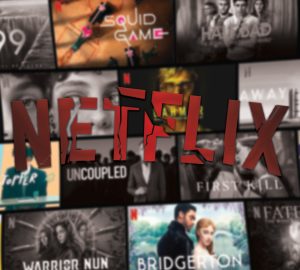Get what you want, when you want it (part 2): The real cost of variety

I once watched a friend open a delivery box full of live Madagascar cockroaches. “I got them from eBay!” she said brightly. “I didn’t think they would be alive, though.”
Needless to say, it was a rather impressive experience, watching 15 demon bugs emerging in their plastic cage from the bright cardboard box, not unlike 15 very crawly rock stars. There was even a crowd to watch. After all, it’s not every day that you see such an unusual unboxing.
But, say, if you want to see that nightmarish scene every day, you can absolutely do it. Everything under the sun can be sold and bought on the Internet now. For the most part, online retail is concentrated in a few sites such as Amazon, eBay or Walmart, where everything from vintage kayaks to tropical pests that are illegal in Florida can be found, and found easily. Good old American consumerism has never seen such hedonic possibilities. To buy everything, and to buy everything from one place — that is the dream.
But the dream continues to expand, especially when it comes to experience-based products. Because when it comes to an experience, you can consume without owning. The entertainment industry saw this chance and grasped it with both hands.
Amazon Prime Video costs $8.99 a month. Netflix’s standard plan costs $12.99. Hulu costs $5.99, $11.99 if you don’t want to drown in incessant ads. Disney+ is $6.99. That is not to mention Spotify and YouTube, where the ads get steadily longer and denser unless you’re prepared to cough up some $21.99 a month. But hey, in return, you get unlimited access to, well, everything.
Once upon a more reasonable time, the consumer would pick and choose the services that offer what they need to watch, and no more. But popular culture never fails the entertainment business. How is one to survive in the modern world without knowing what happened in the latest season of “Game of Thrones” (available on HBO NOW), “The Handmaid’s Tale” (available on Hulu), “Stranger Things” (available on Netflix), and whatever Amazon Prime Video is known for? Not only do these services have their hyped-up, exclusive content to attract viewers, their contracts with larger Hollywood studios for licenses to stream our favorite TV shows add a strong pull. An example of this is the famous case of Netflix and the show “Friends.”
In 2018, to keep streaming “Friends” for just one more year, Netflix agreed to pay Warner Bros $100 million — a staggering price at first glance, considering the previous mark of $30 million. But it becomes easily understandable as one sees just how popular “Friends” is: the hit content was Netflix’s second-most-streamed show in the U.S., as many claimed it to be the sole reason for their Netflix accounts. It’s not hard to imagine these fans adding $14.99 a month to their credit card bill for HBO Max, when the show resurfaces to the streaming world there in May 2020. Think about that shift, and make it ten times more complicated. Because with shows like “The Office,” “Park and Recreation,” “The Big Bang Theory” and endless sensational movies up for grabs, the bidding and shifting and switching will only get more intense. And as the prices for these high-value shows climb, so do the prices of your subscriptions. And there’s nothing you can do about it.
Subscribing to streaming services is like renting an apartment with a very fickle landlord. There’s no lease to guarantee that your rent isn’t going to shoot up by five percent each month, that your water pipes aren’t going to burst open, or that you aren’t going to come home to find your lock busted and half your possessions missing. Your landlord controls it all and you have no say in the matter, except for when you want to leave, but you know that you won’t leave. All your friends live here. All of their conversations are about this place. Half the memes on the Internet are about your dysfunctional apartment, and what are you, really, if you are meme-illiterate? Sure, the landlord treats you badly, but your apartment still gives you everything.
Instant access to limitless content at the average price of $80 a month is, in theory, quite fair. But the price of variety is much higher than that. It is ownership. It is control. For all we are doing is renting entertainment continually, incessantly, all the time, just in case, and we have little to no say in what kind of content we get from one platform. It is not our initiative to pile streaming platform onto streaming platform. It is not our initiative to pay a site more and more to get less and less.
Even when we are not renting, even when we are definitively buying Madagascar cockroaches from eBay, we rely on these centralized retailers our shopping habits, and consequently, the shape of our lives. What is my friend to do when she can no longer get her demonic pests? What are we to do when we can no longer afford to watch our favorite shows, for they are spread across 20 different streaming services? Get cable? Yeah, right.
The fact of the matter is: the more you get, the less control you have over what you get. Take the example of Amazon and the small retail shops that rest there. In 2018, Amazon had nearly 50 percent of U.S. e-commerce market — it makes sense for a retailer to set up an online shop to expand their business. The problem is, if a product turns out to do well, Amazon would buy it directly from the manufacturer then slash its price, driving the small retailer out of business. The strategy of losing money to eliminate competitors and gain market share is aptly named “predatory pricing,” and eventually leads to monopolies — a term belonging to an economic dystopia where, say, Amazon sells you everything, everywhere, all the time, at whatever price it wants, because all competitions are dead. Where are you going to turn, dear Prime citizen?
So it doesn’t matter if you’re getting your supply of all God’s bounty from many sources or just one. Like with immediacy, the ruthless philosophy of limitless supply stays as it has been since time immemorial: while the price of convenience comes at the cost of others, the price of variety comes at the cost of yourself. The evolution of commerce and entertainment from the newspaper to cables to the Internet has not changed this fact, but only cemented it even more, what with the exclusive content, ads-splashed billboards, flooded social media, instant access and utopian pricing everywhere we turn.
Confronted with such excess of materials and 30-second un-skippable encouragements, we are motivated to consume, consume, consume. If the current generation strives to reject materialism and embrace experiences, then experiences will be sold, at $11.99 a month with no ads, whether it’s a subscription to taxi services, restaurants, or camping plots. By the capitalist logic, almost everything that can be enjoyed can be monetized. All it takes is time and 16 digits of a valid credit card.
But when you’re subscribing to a plethora of corporations, or worse, one corporation, to live your life, are you really living your life?























